Marsh Fritillary
Eurodryas (Euphydryas) aurinia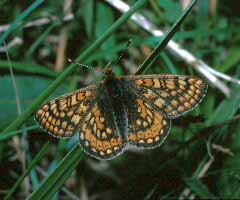
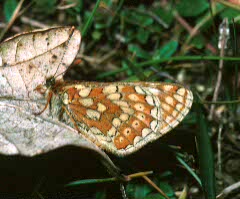
| Home | The Butterflies of Gloucestershire | Species | Habitats | Conservation |
Marsh FritillaryEurodryas (Euphydryas) aurinia |
 |
 |
| 9 June 1979 | 7 June 1977 |
Habitat
The Marsh Fritillary needs warm grassland habitat with plenty of its
larval foodplant Devil's-bit Scabious (Succisa pratensis)
growing in a lightly-grazed turf. Both dry and damp grassland
can be suitable.
The Cotswold colony is on a naturally warm, sheltered site, which is a good location to find the earliest specimens of other early summer butterflies.
A former colony in the area was on a grazed field within an area of woodland in the Severn Vale.
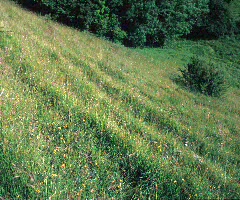 |
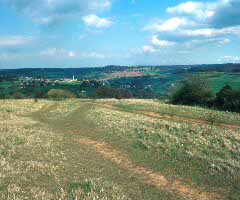 |
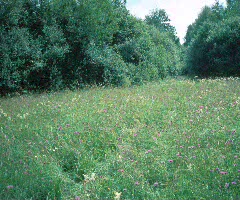 |
Conservation Issues
Whilst many sites in the Cotswolds are probably capable of supporting
Marsh Fritillary for a few years at a time under continuing favourable
weather conditions, the one remaining colony is on a site which has
had a colony for decades. The site continues to be managed in a way
which suits the butterfly.
Nationally the species is in decline and under serious threat from destruction of remaining farmland colonies through conversion from pasture to arable use.
|
Flight PeriodUsually from about mid May to mid June.
DistributionWithin recent years there were two strong natural colonies in the area, one of which died out as the condition of the site changed.In some years enough individuals stray from the remaining colony for some to be found in ones or twos many miles away, but it has also often been reared and released in several places. This makes it difficult or impossible to distinguish between natural distribution and artificial introduction.
| No map - one surviving colony |